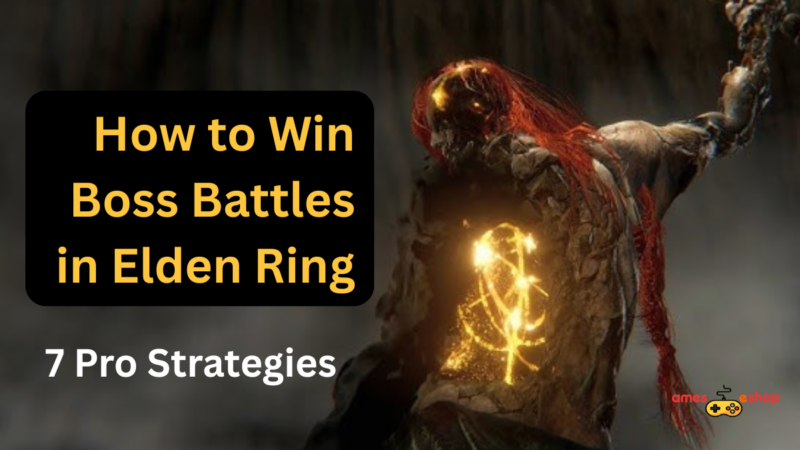Kenku in Dungeons & Dragons 5E: A Deep Guide

Kenku – This guide helps you determine whether the kenku is the right race for your kenku D&D 5E character. The colour-coded system below is a very quick reference to determine how well each option matches your character build. However, remember that the colour codes are only a guide. Some less-than-perfect choices may still be very fun and good for your party.
Black Shared among many races, it will not greatly affect your character potency.
Red Will not make your character build very effective.
Orange Situational viability is below average otherwise.
Green A decent and quality choice.
Blue This is highly recommended, a very good selection that you should definitely consider.
Sky Blue Extremely powerful, failure to select this option can lead to a poor character optimization.
Kenku in D&D 5e?
Kenku, a race of avian humanoids, are cursed because they betrayed their celestial master. This curse deprived them of the ability to fly and forced them to use the Mimicry trait for the speech. With the desire to recover the gift of the flight, many kenku undertake personal quests. Fluent in stealth and very skilled at mimicry the kenku demonstrate their capabilities in various activities like trespassing and different types of crime.
Kenku Culture
The precise details of the kenku origin are partly shrouded by the contradictory lore across the editions. But despite the differences in the particulars, the fundamental story does not change. The kenku were avian beings, given wings, creativity, and also unique voices. In service to an evil master, they conspired to commit an act of treason, endeavouring to steal a very important and brilliant artefact. Nevertheless, their rebellion was swiftly punished by a devastating divine punishment that reduced their power by a significant amount. Later, they were set free to roam the plane of the matter.
This complicated past has left the Kenku with an extremely damaged culture fueled by a collective longing to recover what was taken away.
All the kenku have a deep desire for the lost ability to fly and their dreams aspire to the heavens. Kenku flocks are naturally attracted to the high places, and because of their limited resources, they often build their settlements on the ruined towers and neglected corners of sprawling cities. Many kenku also desire spells or magical products that allow them to fly, and many of them study magic to regain the skies.
Devoid of empires or substantial wealth, kenku navigate their existence by leveraging the remnants of their diminished abilities, mimicry and thievery. The kenku have a perfect talent for mimicking the sounds they have heard, but they do not have their own voice.
Their speech is very broken and fragmented because they develop their vocabulary from the borrowed words. This lack of a personal voice extends to their artworks, making it a daunting task for the kenku to produce anything truly authentic. With no artistic voice, the kenku remain cultural reverberations, always on the outskirts, incapable of establishing their own unique culture.
Kenku Appearance
Unlike most kenku D&D 5E races that allow a lot of appearance variety, the kenku have a very distinctive appearance. While aarakocra is more generally described as bird-like, the kenku is more distinctly raven-like. Although the crow or raven family does provide some variation, mostly dark feathers.
One can explore a broad range of aesthetic possibilities by examining the patterns of mottled whites or the mesmerizing radiance found in the best raven feathers. In addition, the symbolism relating to the ravens provides thematic contrast as the mysterious mysticism is often associated with a wizard’s familiar, the morbid allure of scavenger birds and the playful nature of mockingbirds.
The real source of creativity with your new kenku character is in their voice. A repertoire of accumulated words and sounds must create kenku vocal expressions. An educated kenku can speak very fluently, while an urban kenku, especially one of the thieving kind, may speak in broken sentences and use sound effects.
The ability to master voice acting is not essential, but it is highly recommended to use peculiar speech fragments for the kenku, such as phrases with awkward or very unusual intonations and sometimes using sound effects. When done well, this element can greatly improve your role-playing, but you always need to pay attention to the reactions of your playing partners and stop promptly if there is any indication of annoyance.
Kenku Names
The names of the Kenku are sound effects, not the written names that most of the characters possess. A kenku name can sound like a gunshot or the light whisper of autumn leaves blowing in the wind. The names of the kenku are not gendered but often reflect the occupation or role of the individual. They might be described as names that suggest war sounds, including the sword’s clang or the bow’s twang.
The normal sound in the alleys, which are either rat squeaks or pigeon cackle, is often utilized by the Kenku who occupy the city underworlds. Lastly, the kenkus who pursue normal careers usually pick names according to their occupation.
Only known by the kenku, their names are complex sound mimics that the non kenku take at face value. For instance, a kenku named after the hammering sound would be identified by others as Hammerer and a kenku named after the sword slice sound might be known as Slicer. The list presents the direct, non-kenku for a variety of kenku names:
Kenku Names: Chewing, Barker, Duck Quacks, Clapper, Lute String, Gnasher, Panda Sneeze, Mauler, Mallet Smash, Rat Squeak, Potion Crash, Tree Creak, Splitter and Scrubber.
Conclusion
This guide explores the complexities of Kenku D&D 5E discussing their names culture and their unique features. Hope the article and its content are simple to understand.
FAQs
What caused the kenku to lose their wings?
A kenku scheme to steal a radiant treasure and escape from the Abyssal plane to the Material was thought up. However, their plot was revealed, and Grazzt cursed them. This curse manifested in three ways: its once noble wings shrivelled and fell to the earth, forever sealing them from the air.
Do Kenku possess magical abilities?
In D&D 5E the Kenku can cast verbal spells. Significantly, they have the Mimicry trait, which allows them to imitate any sound they have heard, including the voices. This unique characteristic not only enables the casting of spells but also brings a new role-playing dimension to how the Kenku use verbal spells.
What sin brought the curse of the Kenku?
According to the legend, the kenku was tempted by the glitter of a bright treasure and decided to betray their own master. Their plot was to steal the prized item and escape into the Mortal Realm. Unfortunately, their master discovered this conspiracy before the kenku could have carried it out.
Are Kenku capable of independent communication?
Although they speak with difficulty in their own voices, they can perfectly imitate it. They can mimic a lot of sounds, including human-like voices. These copies are indistinguishable from the primary source. Only the most attentive listeners can tell the very small difference.
Read More:
10 Best Varieties Of DnD Beholder






